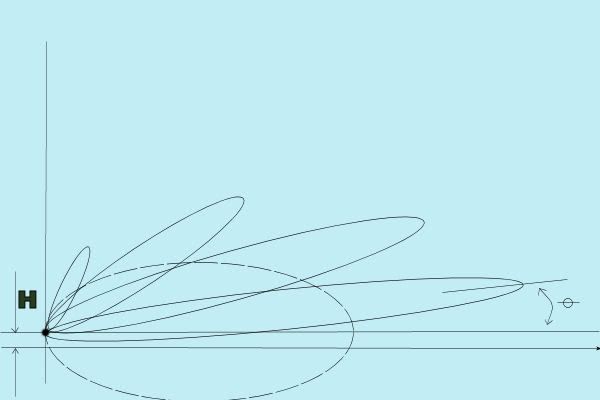Quote:
|
Originally Posted by ref
Quote:
|
Originally Posted by Jace11
How did weather affect radar performance...
I ask because you could reduce radar effectiveness via the sensors.cfg in the CFG folder to take into account bad wave conditions, therefore we could have SJ and SD working well in nice clear weather, but it a storm, make them nearly useless - or untrustworthy...
That could be realistic if the radar sets were inhibited by such things, otherwise, its just another workaround...
I may try later
|
Rain should definetly affect radar, I'm not sure about waves, possibly should mask small targets.
Ref |
Ref,
Sorry to doubt your 100m2 post.... I made the correction. What was I thinking (I blame the calculator... yeah, that's the ticket)
Here's something I pulled out of this book below. Shows how much you guys did a great job on the radar ... even with the holes, etc...
TECHNICAL AND MILITARY IMPERATIVES
A Radar History of World War II
pg. 473
VERTICAL LOBES PATTERNS

"Vertical Lobes patterns. If an antenna has it's beam pointed parallel to a conducting surface, such as ocean or very flat ground, and is located at a height
H above it, the lower half of the pattern is reflected and interferes with the direct radiation, producing a pattern of vertical lobes. In the diagram the dashed curve represents the pattern in free space; the solid curves the first four lobes of the resulting radiation. The reader can easily image the confusion for an untrained observer when an aerial target approaching from the right disappears momentarily as it leaves the first lobe and proceeds to the second. The angle of the first lobe relative to the antenna axis (in radians) is approximately equal to the wavelength divided by four times the antenna height above the surface."
I don't know the SD wavelength but the SV is 8cm. You can calculate (I'm afraid to use my calculator now since I made a fool of myself

) an angle, but remember, the lobe is FAT in the middle and POINTY on the end so probably add/subract about 5-10 degrees to the FAT part to get the lobe width at half the distance.